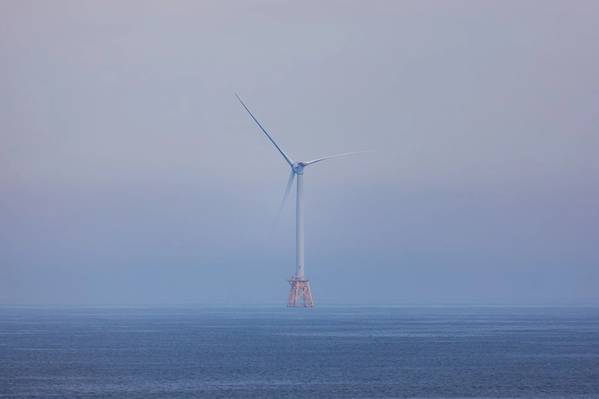
U.S. offshore wind aspirations, both federal and state, have resulted in excitement about the potential opportunity of a large U.S. offshore wind market. But uncertainty, initially financially driven and increasingly a result of political uncertainty, is leading us into a challenging period, which will undoubtedly impact short-term activity, according to the latest market report from Intelatus Global Partners.
A darkening cloud for the U.S. wind industry is the forthcoming presidential elections, from which two very different future development scenarios can be forecast:
Despite these dark clouds, offshore wind development continues, particularly in the Northeast and Mid-Atlantic, where the drivers for offshore wind are the strongest.
The Bureau of Ocean Energy Management (BOEM) has now permitted the construction of close to 12 GW of project capacity, ~8.7 GW has agreed offtake commitments, and the balance has been offered in to Northeast and Mid-Atlantic ongoing solicitations. ~4.3 GW of capacity is either operational, partially generating or under construction and a further ~1.7 GW of capacity is in pre-construction. Further, close to 23 GW spread over 16 Atlantic, Pacific and Gulf of Mexico sites is scheduled to be awarded in federal auctions by October of this year.
The U.S. active crew transfer vessel (CTV) fleet is expected to reach 25 vessels by the end of 2024. At the same time, the service operation vessel (SOV) fleet will amount to one operational vessel and two under construction. Dominion’s wind turbine installation vessel (WTIV) Charybdis will be completed ahead of the 2025 turbine installation campaign. The rock dumping vessel Acadia is progressing.
The doubt about project sanctioning activity has slowed the development of several announced component factories. EEW AOS New Jersey is completing monopiles in the first phase of the manufacturing facility and Nexans Goose Creek is producing subsea cables for the domestic and overseas markets. But plans for two turbine nacelle plants, three turbine tower manufacturing facilities, two monopile manufacturing facilities and two subsea cable factories are currently all on hold or under review.



